Image Quality
The 24-105mm f/4L is a 4.4x zoom, and usually when you get beyond around a 3x focal range, quality starts to dip a bit. While you do have some sacrifices here and there with this lens, the overall optical quality of the RF 24-105mm is on a very high level, and it’s one of the better expanded range standard zoom lenses on the market.
Sharpness
Images out of the RF 24-105mm f/4L IS show very good to excellent sharpness right from f/4, throughout the zoom range. Central image sharpness is excellent at all focal lengths and apertures, and even edge sharpness is quite good through most of the focal range, with a bit of softening at 24mm and 105mm.
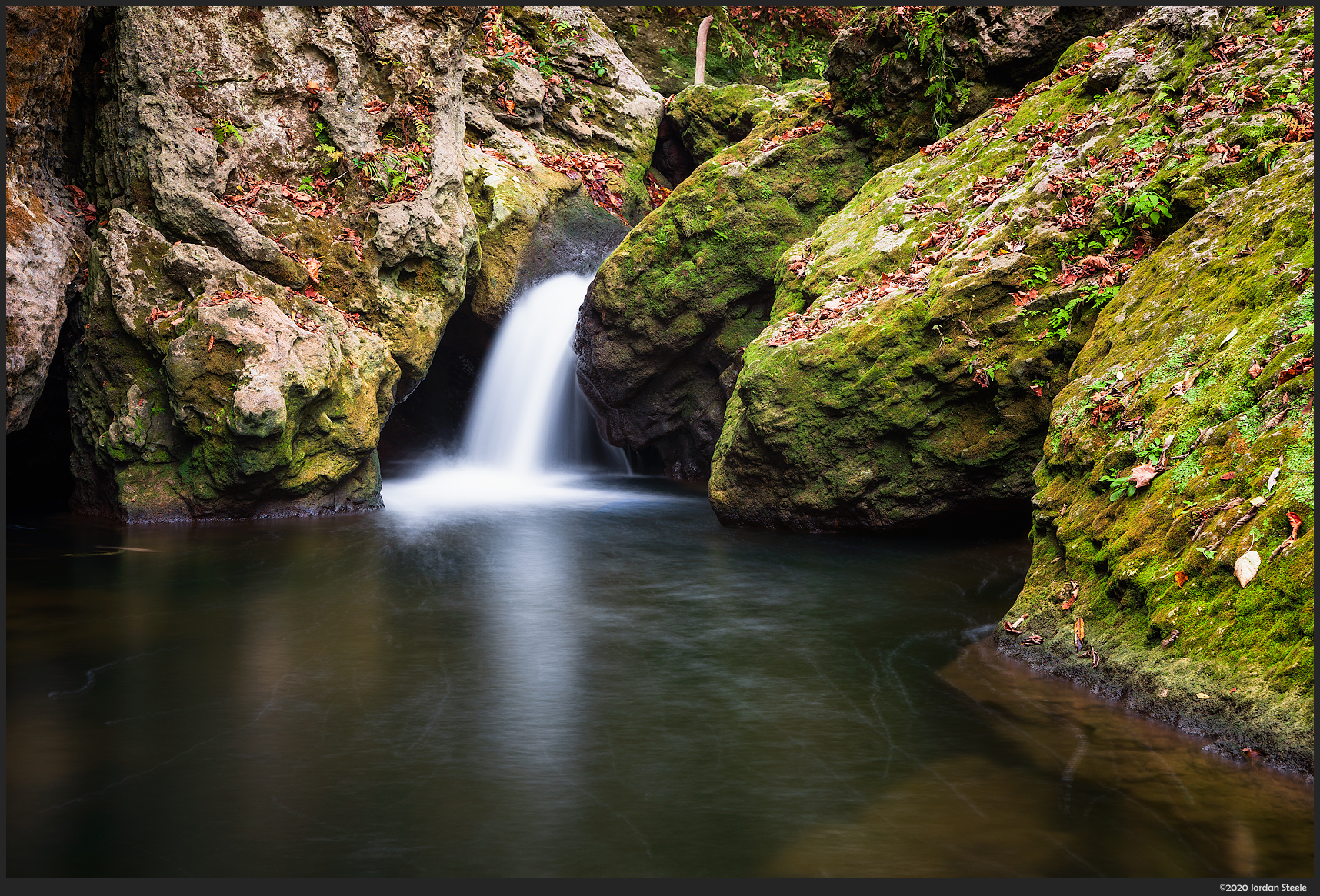
Stop down a stop or two and you’ll bring the edges and corners up to very good territory at the extremes of the zoom range, while the middle focal lengths are truly excellent edge to edge. Below is a 100% crop from the upper right corner of the above image.

Overall, I really couldn’t ask for much more in a zoom with such a versatile zoom range. The lens works very well for both isolating details as well as for landscape use.
Bokeh
While the RF 24-105mm has a moderate f/4 aperture throughout its zoom range, at the longer focal lengths the lens is certainly capable of blurring the background to a reasonable degree, and the versatility of focal lengths allows for detail isolation and portraiture. The bokeh produced by the lens is actually quite good for a moderate aperture standard zoom. Overall rendering is pleasing and reasonably soft, while specular highlights are predominantly evenly lit. There can be a slight hint of a bright ring outline in certain situations, but it doesn’t occur very often.
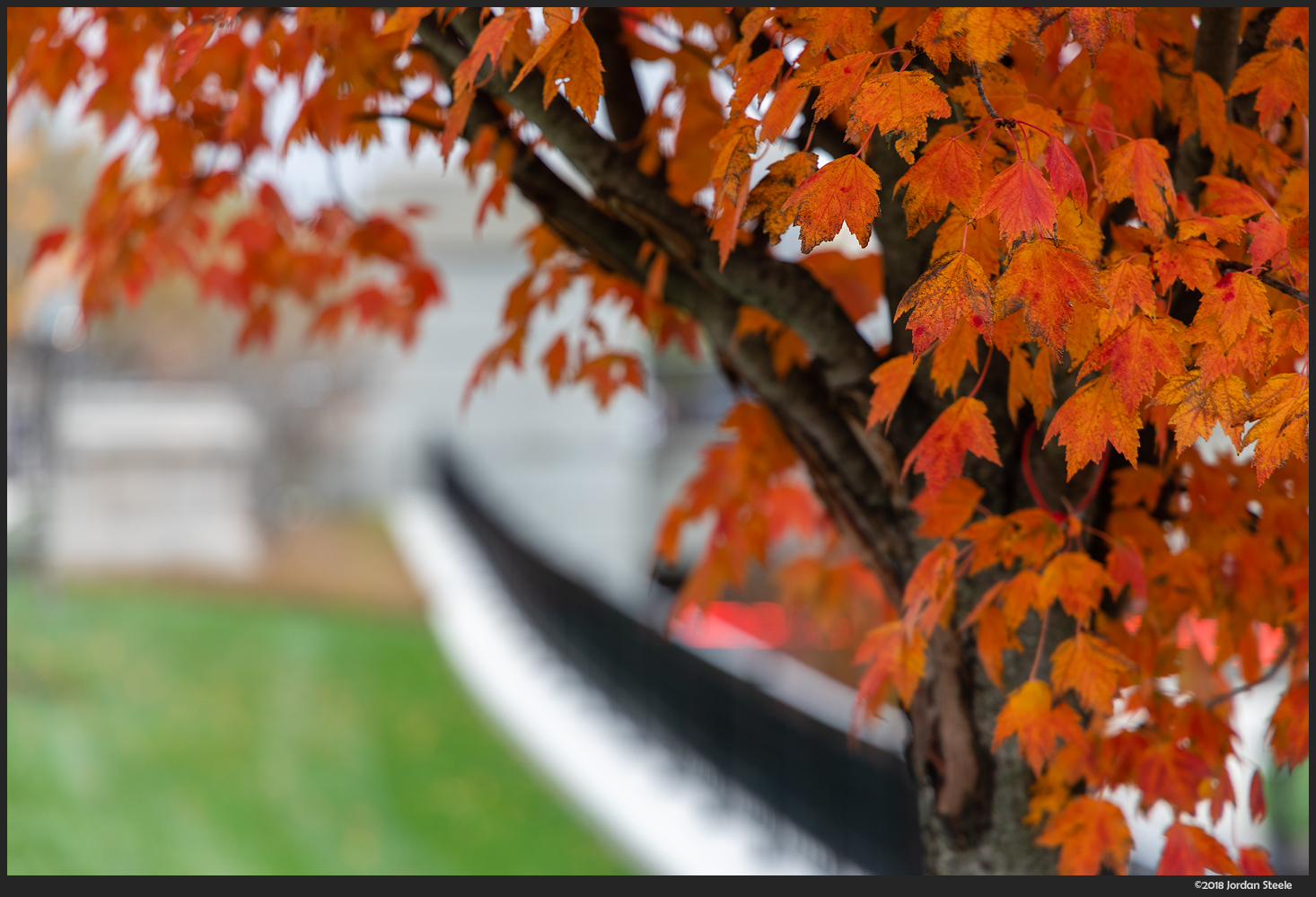
Because of the f/4 aperture, you won’t be obliterating the background with this lens, and the bokeh isn’t overly creamy, but it does strike a nice balance between depth of field and subject isolation and the falloff to the background is fairly smooth. Like a lot of lenses in this class, bokeh does become a bit more nervous as the focus distance increases, but it never becomes objectionable.
When stopping down for additional depth of field, the rounded 9 blade aperture maintains an extremely round entrance pupil, leaving specular highlights very round with only a hint of the aperture shape, even when stopped down to f/8 as can be seen in the close-up shot below. Overall, a surprisingly good performance for such a lens.

Color, Contrast and Chromatic Aberration
Like most modern high quality lenses, the RF 24-105mm f/4L produces images that have solid contrast throughout the focal range and aperture range. Contrast dips very slightly when shooting near its minimum focus distance, but it’s still quite good. Color is typical for Canon L lenses, with good color saturation that isn’t over the top. There’s a nice balance to the color response that I find quite pleasing.
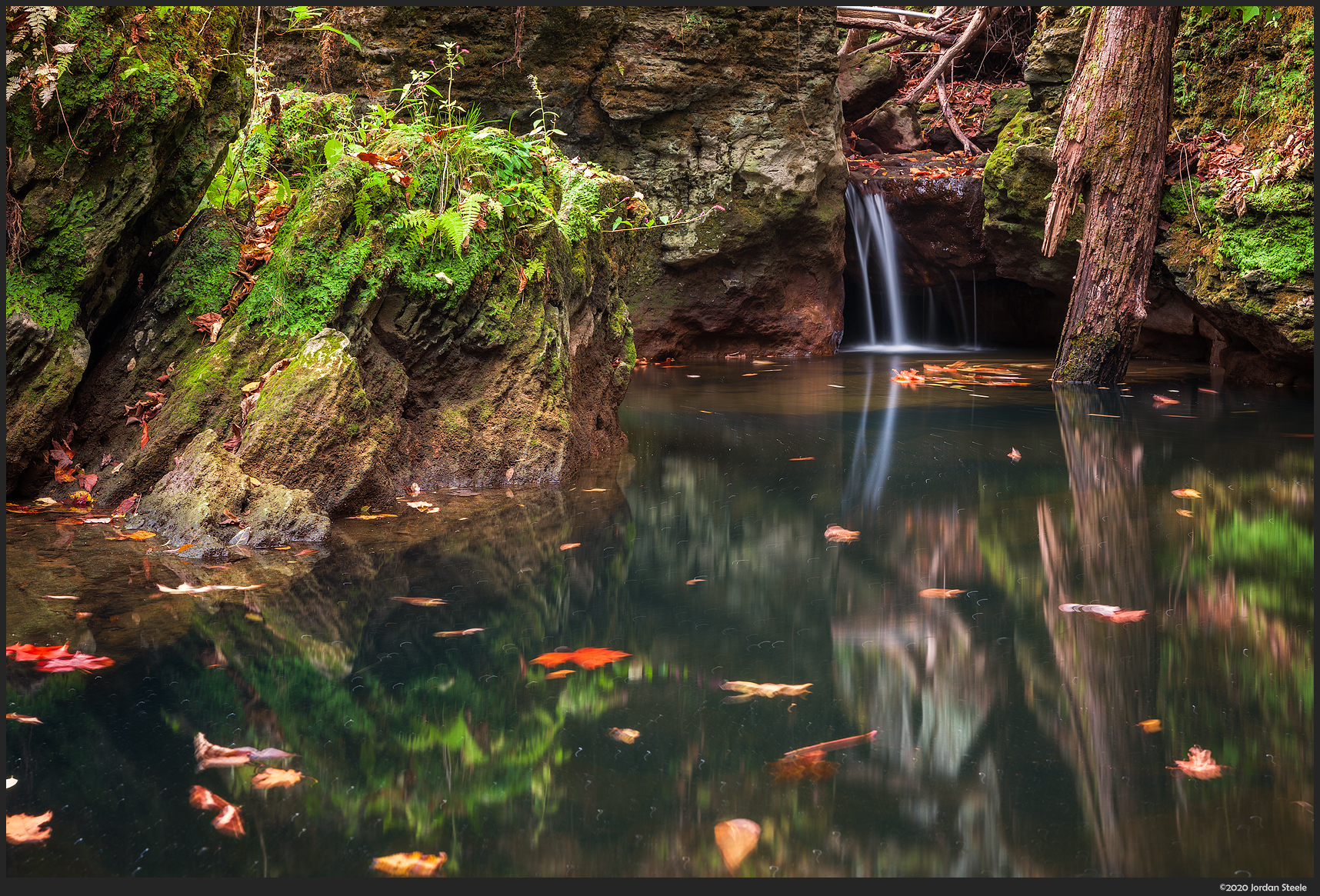
With regards to chromatic aberration, the RF 24-105mm puts in a solid performance. Lateral chromatic aberration is visible at the edges of the frame, but is easily correctable during RAW conversion. Longitudinal CA is well controlled, and I have yet to really see it crop up on any real world examples. The slightest hint of purple fringing is present on very high contrast edges at wide apertures.
Distortion, Flare and Vignetting
The RF 24-105mm f/4L IS shows a somewhat typical distortion characteristic for such a zoom lens. The wide end of the zoom range shows moderate barrel distortion, which changes to pincushion distortion partway through the focal range. It’s not too severe, and can be corrected with a profile.
One of the negatives with the RF 24-105mm f/4L IS is its relatively poor performance against bright light. When bright light sources like the sun are in frame and in focus, flare ghosts can be very prominent and often image-ruining. Care must be taken when shooting with the sun in frame to place the sun to minimize ghosting. Often, if I’m shooting at the wide end of the zoom range, I’ll switch to my ultra-wide zoom due to its better flare performance. Veiling flare can also occur with the sun just out of frame, reducing contrast throughout the image. Thankfully, as can be seen in the third image on this page, when the sun is out of focus in the frame, flaring is not really an issue.
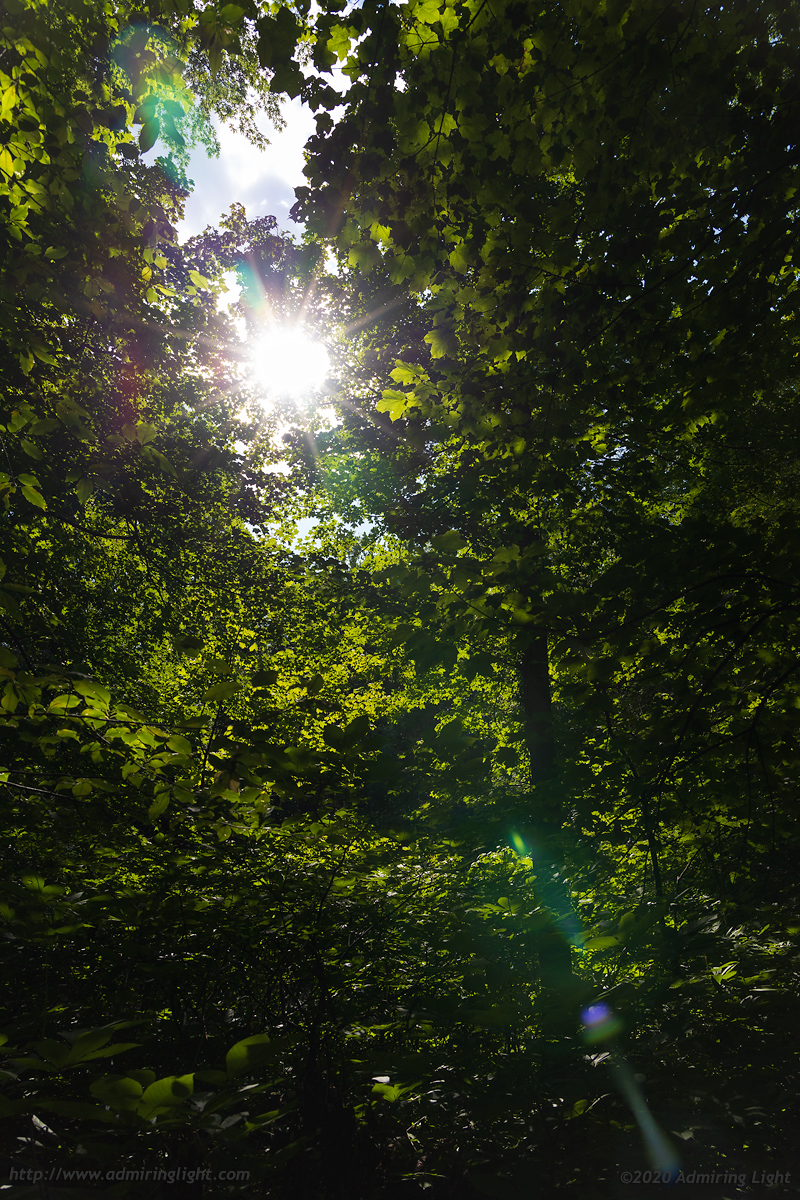
Vignetting is visible at f/4 throughout the focal range, and it can be relatively prominent at wide apertures. It never fully goes away when stopping down, but eases by f/5.6 to more moderate levels. It’s not a great performance, but is par for the course for this type of lens, if not even a little better than most 24-105mm lenses.
Overall, image quality is very good, and exceeded my expectations considerably. While the lens does poorly against bright light, the overall image rendition is excellent. Images are sharp and contrasty with very good color, good bokeh and well-managed chromatic aberration. Even distortion, while present, is only moderate. It’s a very versatile lens with optical quality that makes it an excellent landscape lens as well as a one-lens solution for daily shooting.

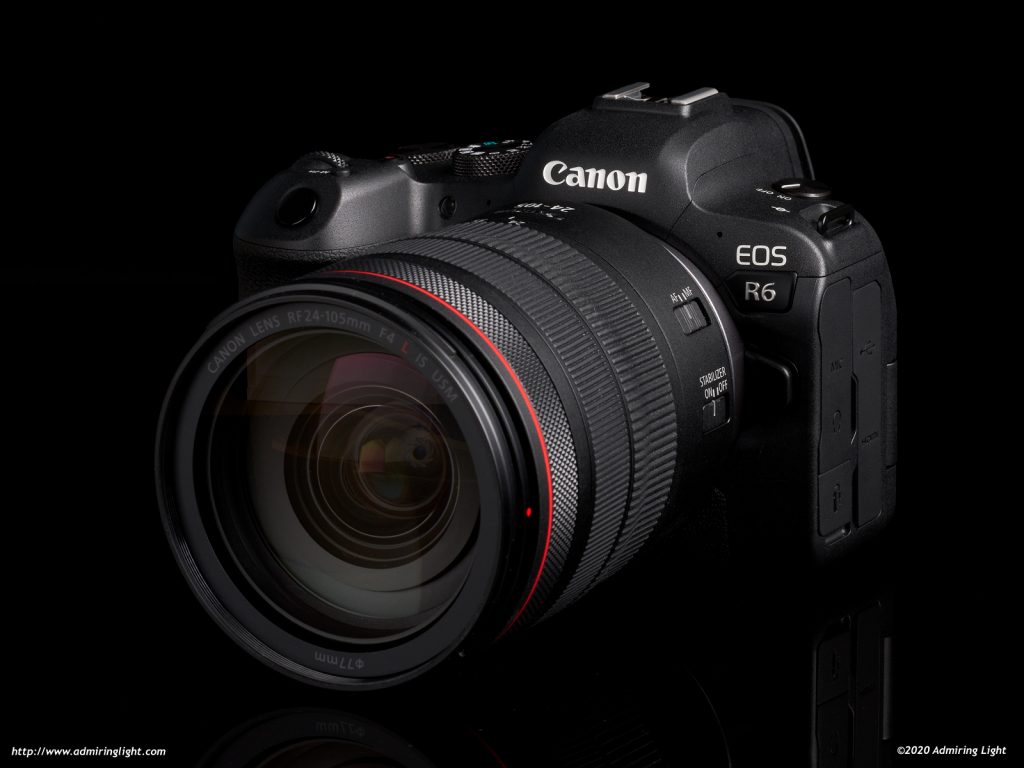




Leave a Reply